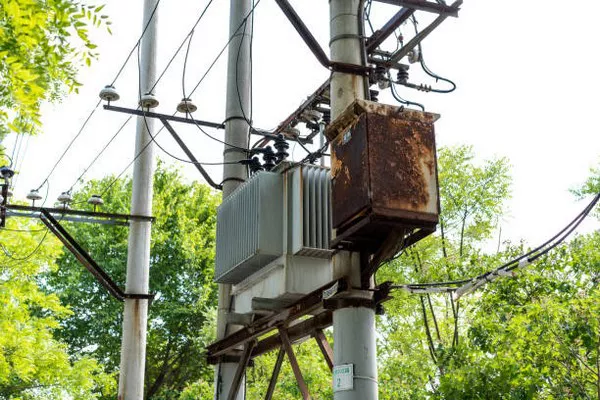Electrical transformers are ubiquitous yet often overlooked components of modern infrastructure. From powering homes to enabling industrial processes, these devices play a fundamental role in the distribution and utilization of electrical energy. In this article, we delve into the intricacies of electrical transformers, exploring their functionality, applications, and significance in contemporary society.
Understanding Electrical Transformers:
At its core, an electrical transformer is a static device that transfers electrical energy from one circuit to another through electromagnetic induction. It typically consists of two or more coils of insulated wire wound around a core made of ferromagnetic material. The primary coil, connected to the input voltage source, induces a magnetic field in the core, which in turn induces a voltage in the secondary coil, connected to the output circuit.
Functionality:
The primary function of electrical transformers is to step up or step down voltage levels, thereby facilitating efficient transmission and distribution of electricity over long distances. Step-up transformers increase voltage levels for transmission over power lines, reducing energy losses due to resistance. Conversely, step-down transformers lower voltage levels to safer and more usable levels for residential, commercial, and industrial applications.
Applications of Electrical Transformers:
Power Distribution:
Electrical transformers form the backbone of power distribution networks, enabling electricity generated at power plants to be transmitted across vast distances to homes, businesses, and industries. High-voltage transmission lines employ step-up transformers to elevate voltage levels for efficient long-distance transmission, while step-down transformers at substations reduce voltage levels for local distribution.
Industrial Applications:
In industrial settings, electrical transformers are essential for powering machinery and equipment. They facilitate the operation of motors, pumps, compressors, and various other industrial processes that require electrical energy at specific voltage levels. Transformers also play a critical role in regulating voltage fluctuations to ensure stable and reliable operation of industrial systems.
Renewable Energy Integration:
With the growing emphasis on renewable energy sources such as wind and solar power, electrical transformers are vital for integrating these intermittent energy sources into the electrical grid. Transformers are used to step up the voltage produced by renewable energy systems for transmission and distribution, facilitating the seamless integration of clean energy into the existing infrastructure.
Electrical Appliances:
In residential and commercial settings, electrical transformers are present in various appliances and devices. They are commonly found in power adapters, chargers, and voltage converters, where they step down voltage levels to match the requirements of electronic gadgets and appliances. Transformers also play a role in voltage regulation and isolation, protecting sensitive electronic equipment from power surges and fluctuations.
Significance in Modern Society:
The significance of electrical transformers in modern society cannot be overstated. They are indispensable components of the electrical grid, enabling the efficient and reliable distribution of electricity to meet the diverse needs of individuals, businesses, and communities. Without transformers, the transmission of electrical energy over long distances would be impractical, and the widespread electrification that powers our modern way of life would not be possible.
Efficiency and Sustainability:
In addition to enabling the transmission and distribution of electricity, electrical transformers contribute to energy efficiency and sustainability efforts. By reducing energy losses during transmission through the use of high-voltage transmission lines and step-up transformers, the overall efficiency of the electrical grid is improved. This not only conserves energy but also reduces greenhouse gas emissions associated with power generation.
Technological Advancements:
Advancements in transformer technology continue to drive innovation and improve performance in terms of efficiency, reliability, and environmental impact. New materials and designs are being developed to enhance the efficiency of transformers and minimize losses during operation. Digital monitoring and control systems are also being integrated into transformer infrastructure, enabling remote monitoring, diagnostics, and predictive maintenance to optimize performance and reliability.
Challenges and Future Outlook:
Despite their critical role in the electrical infrastructure, electrical transformers face challenges related to aging infrastructure, grid modernization, and cybersecurity threats. Aging transformers require maintenance, repair, or replacement to ensure continued reliability and performance. Grid modernization efforts, including the integration of renewable energy sources and smart grid technologies, present opportunities for innovation but also require careful planning and investment.
See Also How Are Electrical Transformers Made? A Step-by-Step Guide
Conclusion:
Electrical transformers are the unsung heroes of modern society, quietly facilitating the transmission, distribution, and utilization of electrical energy to power our homes, businesses, and industries. As we navigate the transition towards a more sustainable and resilient energy future, transformers will continue to play a central role in shaping the reliability, efficiency, and sustainability of our electrical infrastructure. By recognizing the importance of transformers and investing in their maintenance, upgrades, and technological advancements, we can ensure a brighter and more electrified future for generations to come.

